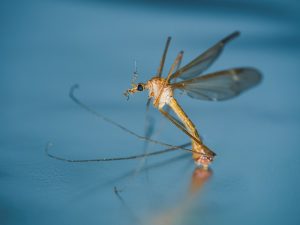Mosquitoes and ticks pose significant health risks, breeding in stagnant water or relying on hosts for blood meals. Early detection is crucial for effective control through identifying resting mosquitoes and ticks in specific habitats and indicators like increased bites and itchy red patches. Comprehensive strategies involve eliminating standing water, maintaining trimmed lawns, using repellents, dressing appropriately, planting natural deterrents, regular inspections, and prompt action against ticks. Natural repellents like citronella, lavender, and peppermint offer safer alternatives to chemical solutions. Chemical options, including pesticides, provide swift and powerful solutions but require safety precautions and rotation to prevent resistance. Professional pest control services are vital for severe or recurring infestations. Seasonal patterns dictate tick control measures, focusing on outdoor treatments and year-round vigilance. Community efforts through collaborative actions, awareness campaigns, clean-up drives, and surveillance networks enhance overall public health and well-being.
Ticks and mosquitoes are more than just nuisance; they pose significant health risks. Understanding their behavior, from life cycles to habitat preferences, is crucial for effective mosquito and tick control. Identify signs of infestation early through recognizing their presence in your environment. Implement preventative measures, explore natural repellents, or opt for chemical pesticides when necessary. Seasonal strategies and community efforts further enhance comprehensive mosquito and tick control.
Understanding Mosquito and Tick Behavior: Their Life Cycles and Habitat Preferences
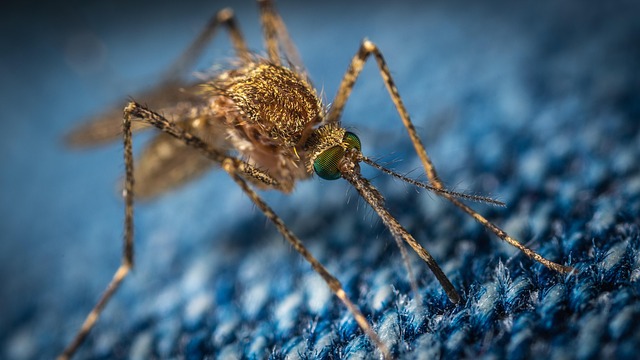
Mosquitoes and ticks are external parasites that pose significant health risks, primarily acting as vectors for various diseases. Understanding their behavior is crucial in implementing effective mosquito and tick control measures. Mosquitoes typically breed in stagnant water, with their larvae developing in these pools over several weeks. They prefer warm, humid environments and are most active during dawn and dusk. Ticks, on the other hand, have a three-stage life cycle: egg, larva, and adult. They rely on hosts—such as rodents, birds, or humans—for blood meals at each stage and are often found in lush vegetation, under debris, or in areas with high grass or shrubs.
Recognizing their habitat preferences allows for targeted control strategies. For mosquitoes, removing standing water from around homes and proper drainage can significantly reduce breeding sites. For ticks, maintaining a well-trimmed lawn and using pest repellents can help deter them. Regular inspections and prompt removal of potential hosts, such as pets or wild animals, are also vital in preventing infestations.
Identifying Signs of Infestation: Recognizing the Presence of Mosquitoes and Ticks
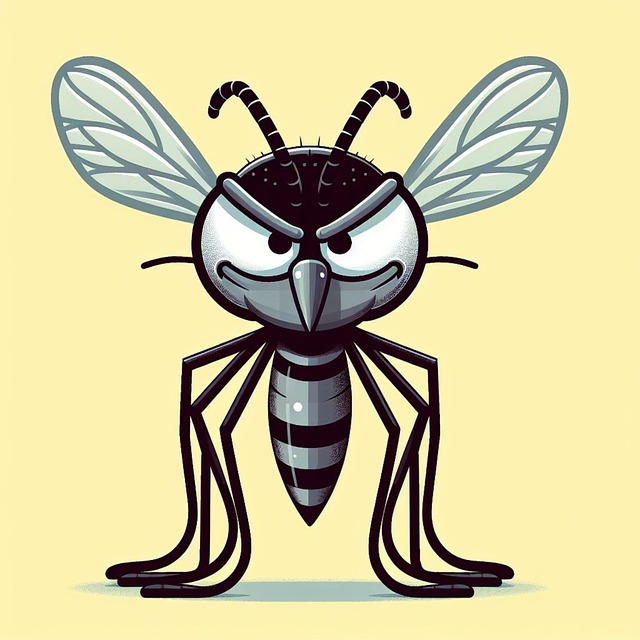
Recognizing the signs of a mosquito and tick infestation is crucial for effective control measures. Mosquitoes and ticks can be elusive, but there are distinct indicators that signal their presence. One of the most obvious ways to identify a problem is by physically observing these pests. Look for mosquitoes resting on walls, screens, or near water sources during the day, as many species are more active at dawn and dusk. Ticks, on the other hand, often lurk in tall grass, shrubs, or under debris, waiting for unsuspecting hosts to pass by. They can be hard to spot due to their small size, but their distinctive shapes and colors make them noticeable once you know what to look for.
Additional signs include noticing a sudden increase in bites on exposed skin, especially during outdoor activities. Itchiness and red, irritated patches are common symptoms of mosquito or tick bites. If you suspect an infestation, examine your surroundings, especially areas with moisture or dense vegetation, as these are prime breeding grounds. Early detection is key to implementing effective mosquito and tick control methods.
Preventative Measures: Creating a Mosquito-Free Environment

Creating a mosquito-free environment is a key component of effective tick infestation control. Start by eliminating standing water around your home, as mosquitoes breed in stagnant water. Regularly empty water from flowerpots, bird baths, and other containers. Keep your yard well-trimmed to reduce hiding spots for mosquitoes and ticks. Install window screens on all openings to prevent these pests from entering your living space.
Additional preventative measures include using mosquito repellents when outdoors and dressing in long sleeves and pants during peak mosquito activity hours. Planting citronella, lavender, and marigolds can also help deter mosquitoes naturally. Regularly inspect your property for any signs of tick activity and take prompt action to remove them through professional tick control services to maintain a safe environment.
Natural Repellents and Home Remedies for Mosquito and Tick Control
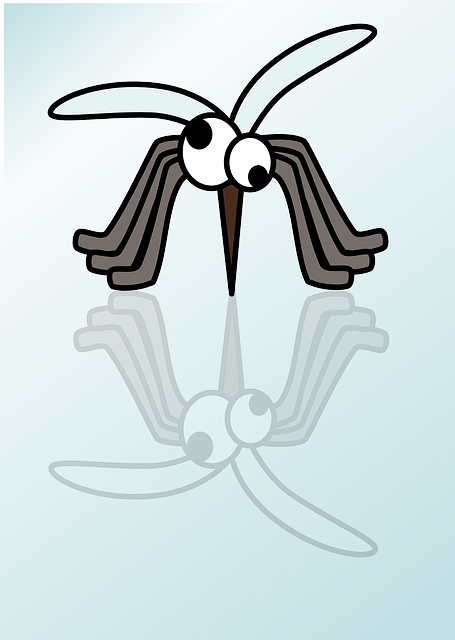
Natural Repellents and Home Remedies for Mosquito and Tick Control
In the quest for effective mosquito and tick control, many people are turning to natural repellents and home remedies as a safer and more environmentally friendly alternative to chemical-based solutions. Essential oils like citronella, lavender, and peppermint have long been known for their insect-repelling properties. These aromatic compounds can be applied topically or diffused in the air to create a protective barrier against mosquitoes and ticks.
Another effective home remedy involves using vinegar and water mixtures. By diluting white vinegar with water in a spray bottle, you can create a non-toxic and inexpensive mosquito and tick repellent that’s safe for use around children and pets. Additionally, plant-based ingredients like garlic and catnip have been shown to deter these pests naturally. These simple, natural solutions offer a sustainable approach to managing insect populations without resorting to harsh chemicals.
Chemical Options: Pesticides, Sprays, and Their Effective Use

Chemical options play a significant role in effective mosquito and tick control, offering quick and robust solutions for severe infestations. Pesticides designed specifically for these pests are widely available and can be applied in various forms, including liquids, powders, and aerosols. Sprays, in particular, have proven to be highly efficient, allowing targeted application to areas where mosquitoes and ticks congregate, such as grass, shrubs, and tree trunks.
When using chemical agents, it’s crucial to follow manufacturer guidelines strictly for safety and optimal results. Timing is key; applying pesticides during the pest’s active period maximises their effectiveness. For mosquitoes, this typically means early morning or evening when they’re most abundant, while ticks are most active during warmer months. Using protective gear, such as gloves and long sleeves, is essential to prevent direct contact with chemicals. Additionally, rotating pesticide types can help mitigate resistance buildup over time.
Professional Pest Control Services: When to Seek Expert Help
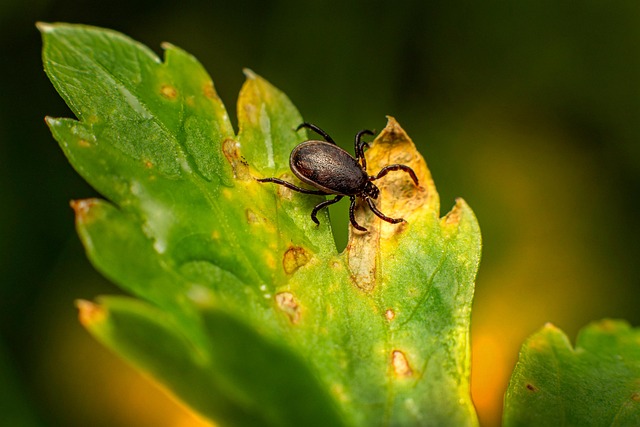
When dealing with a tick infestation, especially in areas where mosquitoes and ticks are prevalent, it’s crucial to consider professional pest control services. While DIY methods can offer some relief, a severe or persistent infestation may require expert intervention. Professionals equipped with specialized knowledge and tools can provide effective mosquito and tick control solutions tailored to your specific needs.
Seeking expert help is particularly recommended if the infestation is widespread, recurring, or located in hard-to-reach areas like attics or crawl spaces. These professionals employ advanced techniques, such as targeted treatments, barrier sprays, and seasonal prevention plans, to eradicate existing ticks and prevent future infestations. By enlisting their services, you can ensure a safer, more comfortable living environment free from these pesky pests.
Seasonal Strategies: Managing Infestations Throughout the Year
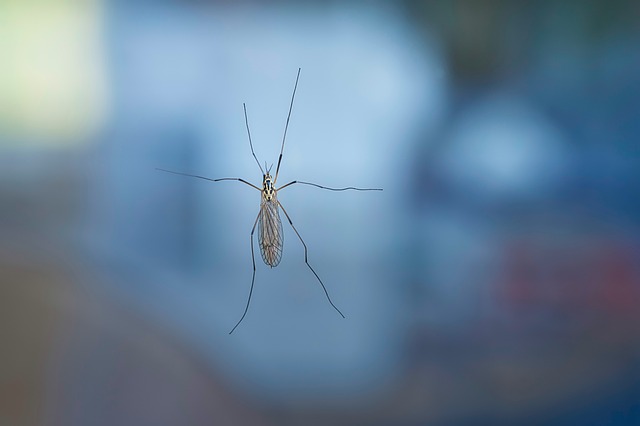
Tick infestations, like those of mosquitoes, are highly seasonal. Effective management requires strategies tailored to each phase. During warmer months, when ticks actively reproduce and feed, regular outdoor treatments with EPA-approved repellents and pesticides can significantly reduce risk. For existing infestations, professional pest control services specializing in mosquito and tick control offer safe, targeted solutions.
As temperatures cool in autumn and winter, adult ticks become less active but can still survive. Focusing on prevention becomes key. Maintaining a well-trimmed lawn, removing leaf debris, and sealing potential entry points into homes helps deter ticks from seeking shelter indoors. Remember, year-round vigilance is crucial for effective tick and mosquito control, ensuring a safer, healthier environment throughout all seasons.
Community Efforts: Collaboration for Wider Mosquito and Tick Control
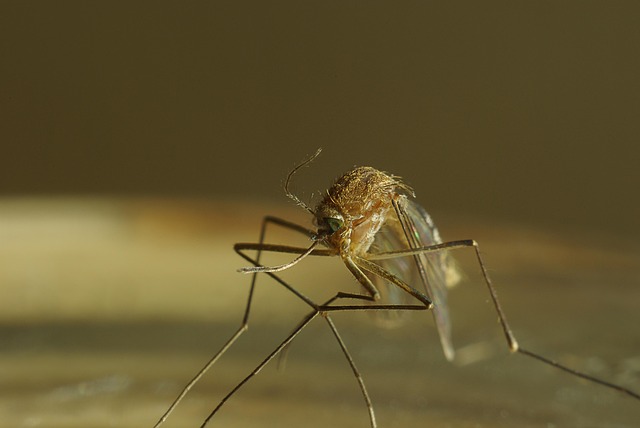
In combating mosquito and tick control, community efforts play a pivotal role in creating a healthier environment for everyone. Collaboration among residents, local authorities, and health organizations can significantly enhance prevention and management strategies. By sharing resources, knowledge, and best practices, communities can develop comprehensive plans to reduce breeding grounds and limit the spread of diseases carried by these insects.
Public awareness campaigns, regular clean-up drives, and neighborhood surveillance networks are effective ways to engage the community. These initiatives foster a collective responsibility for maintaining a tick-free and mosquito-controlled environment, ultimately improving public health and well-being.
